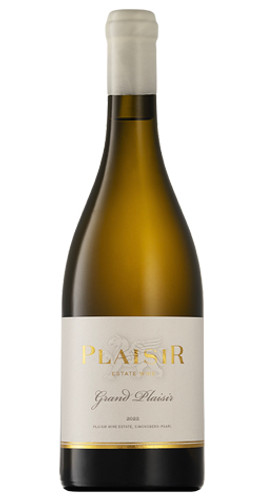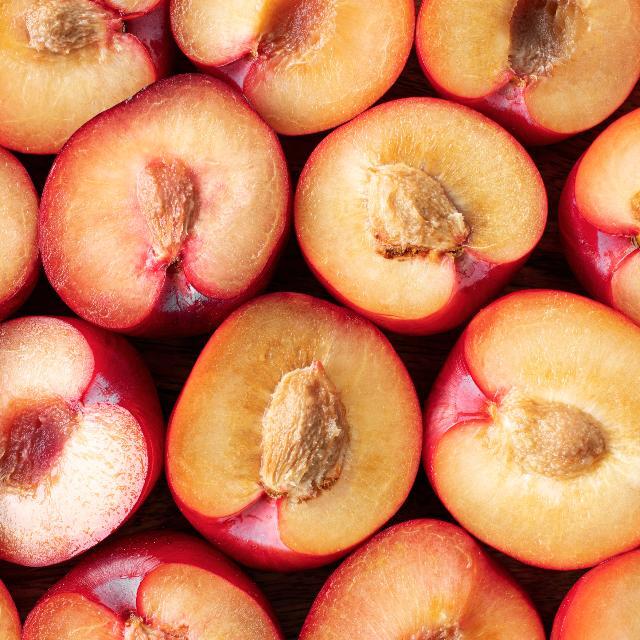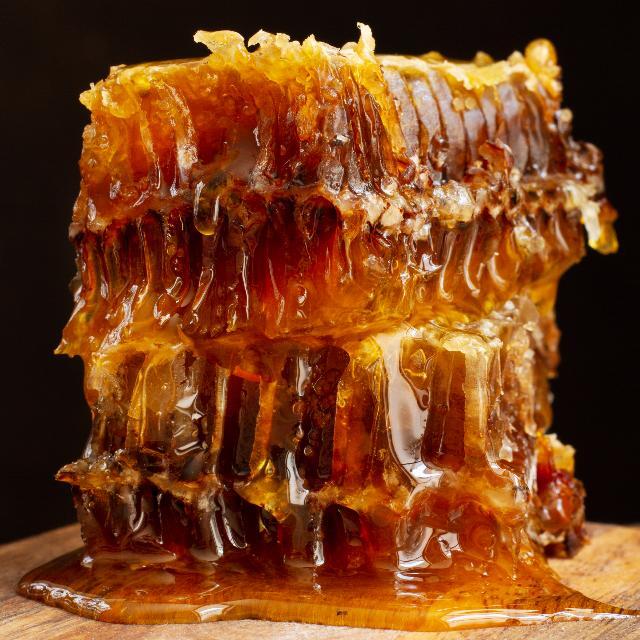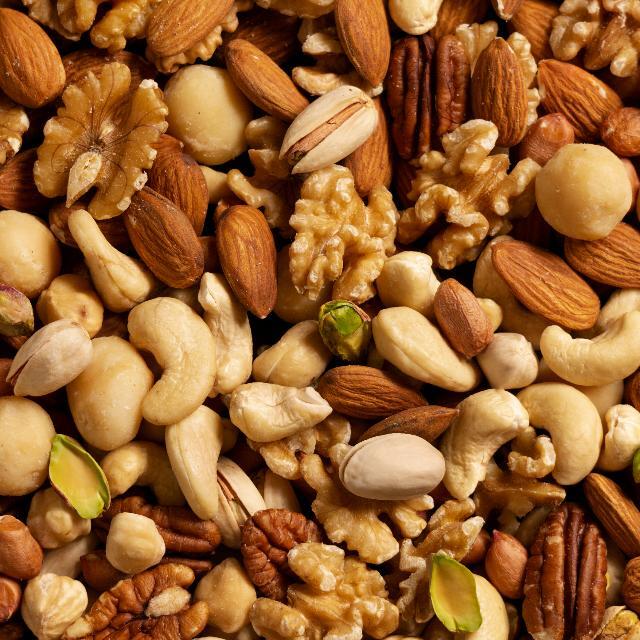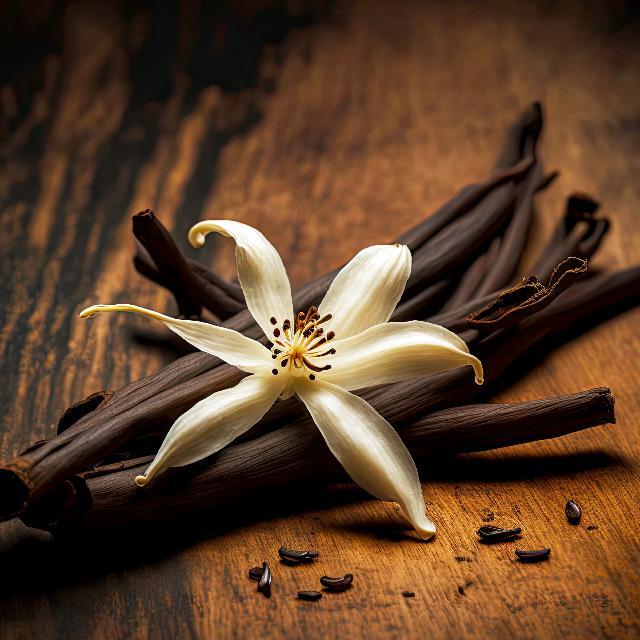Aromas of ripe peach, honey, and toasted hazelnuts create a rich and inviting nose, complemented by subtle hints of vanilla and butterscotch. These layered fragrances add depth and warmth, drawing you into the wine's complex character. Each aroma plays its part, with the toasted hazelnuts providing a nutty backdrop to the lush fruit and honeyed sweetness.
On the palate, this wine delivers a full-bodied experience, offering a creamy texture that feels indulgent and luxurious. The richness is perfectly balanced by a refreshing acidity, which adds vibrancy and ensures a harmonious finish. The result is a wine that is both elegant and satisfying, with a lingering complexity that invites another sip.
On the palate, this wine delivers a full-bodied experience, offering a creamy texture that feels indulgent and luxurious. The richness is perfectly balanced by a refreshing acidity, which adds vibrancy and ensures a harmonious finish. The result is a wine that is both elegant and satisfying, with a lingering complexity that invites another sip.
The grapes were harvested by hand at 23° to 24.5° Balling. The grapes were divided into three different parts and each crushed, clarified and fermented separately in 300 and 228 liter French oak barrels. A combination of first-fill (60%), second-fill (10%) and third & fourth-fill (30%) barrels were used and the wine remained on the lees for 11 months.
The barrels were rolled or stirred regularly to suspend the lees in order to gain complexity, better integrated oak flavors and to add to the mouth-feel of the wine. Partial malolactic fermentation contributed to the wine’s complexity, softened the acidity and contributed to the sweet, rich and full finish. The individual barrels were then tasted and the final blend composed
Winemaker: Tim Whitfield
The barrels were rolled or stirred regularly to suspend the lees in order to gain complexity, better integrated oak flavors and to add to the mouth-feel of the wine. Partial malolactic fermentation contributed to the wine’s complexity, softened the acidity and contributed to the sweet, rich and full finish. The individual barrels were then tasted and the final blend composed
Winemaker: Tim Whitfield
Plaisir Wine Estate which means 'The Pleasure of the Blackbird' is one of the largest wine farms in the Western Cape at 974 hectares with some 400 hectares under vine. The remaining hectares are largely untouched to preserve the indigenous flora and fauna. The diverse terroir of the area is characterized by an interplay of climatic conditions, the slopes have well-drained granite weathered soils making it the perfect environment for exceptional grapes to thrive.
Charles Marais, a Huguenot peasant from Le Plessis Marly in the Ile de France region wanted a better life for his family so they set sail for the Cape in 1687 where they settled in the Groot Drakenstein Valley. Charles Marais was one of the few Frenchmen who already had experience in viticulture when he arrived in the Cape.
And so his winemaking heritage lives on in the winemaking tradition of Plaisir de Merle. Over the following generations, the estate developed into one of the finest in the region. And so, even today, historic landmarks can be found everywhere, signposting the way and paying homage to previous generations
Charles Marais, a Huguenot peasant from Le Plessis Marly in the Ile de France region wanted a better life for his family so they set sail for the Cape in 1687 where they settled in the Groot Drakenstein Valley. Charles Marais was one of the few Frenchmen who already had experience in viticulture when he arrived in the Cape.
And so his winemaking heritage lives on in the winemaking tradition of Plaisir de Merle. Over the following generations, the estate developed into one of the finest in the region. And so, even today, historic landmarks can be found everywhere, signposting the way and paying homage to previous generations


